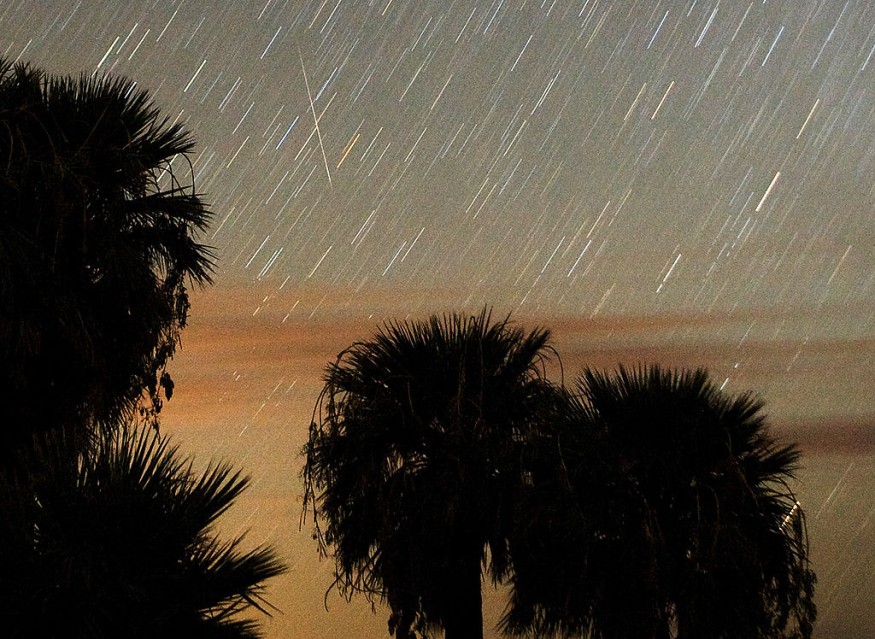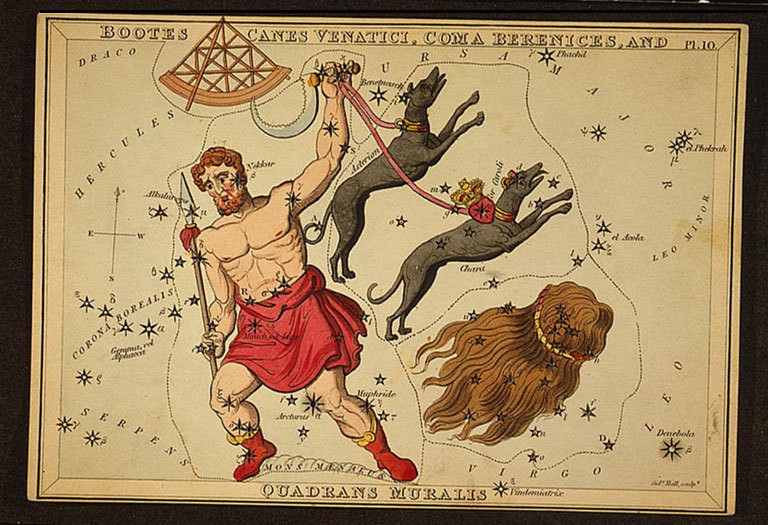The very first meteor shower of year 2021 is now happening. Here's everything you should know about NASA's so-called "best annual meteor showers," the Quarantids.
What to expect on the Quarantids Meteor Shower

2020 is surely a roller-coaster ride for many of us. But, it seemed like 2021 is set to begin in a blasting of fire day with the first meteor shower of 2021 called the Quarantids.
Though it looks like the name is based on the quarantine, Quarantids is actually a term that NASA uses to describe the quadrant of meteor showers that's happening at the first months of the year.
In 2021, the magistic meteor shower will happen from Saturday, Jan. 2, until Sunday, Jan. 3.
Quarantids: Where, When, and How to see it

The Quarantids meteor shower is said to be the 'best annual meteor showers,' according to NASA. As Space reported, the peak of the Quarantids meteor shower will begin around 9:30 a.m. EST (1430 GMT) on Sunday.
Unfortunately, this could only be available to those countries who have the night side of the world.
As explained, the moon will be around 81% full at the time, in which means it will be "a nuisance for the expected Quadrantid meteor shower."
It is best to look out for these set of meteor showers after the moon has set so you won't see any trouble in finding those beautiful meteors.
Around 15 to 25 meteors per hour will be seen on the night skies, this year.
© 2025 NatureWorldNews.com All rights reserved. Do not reproduce without permission.





